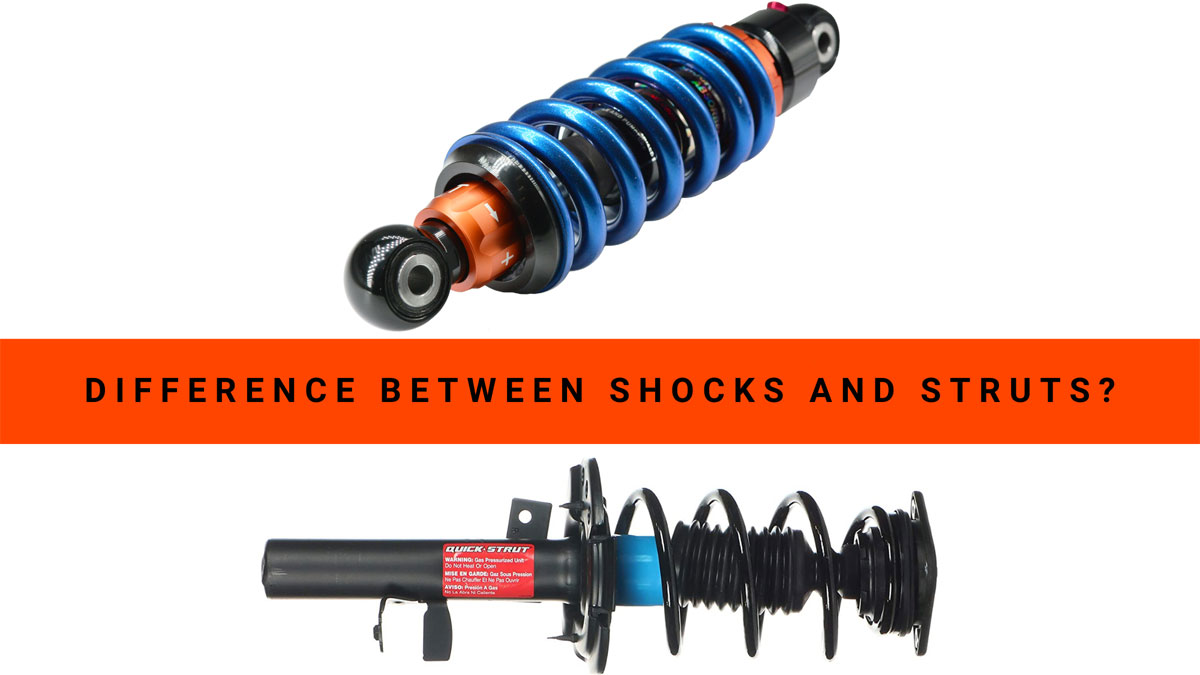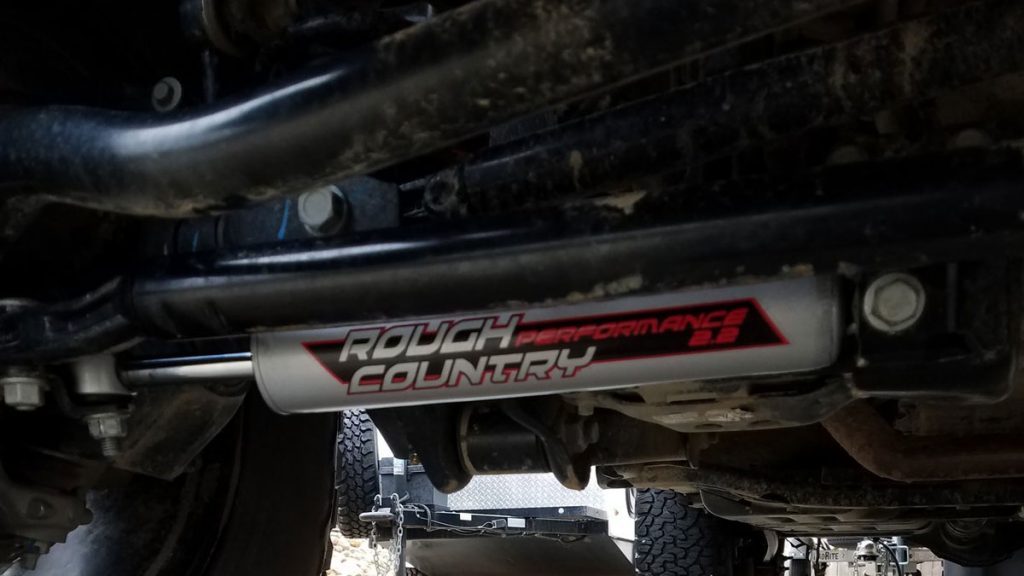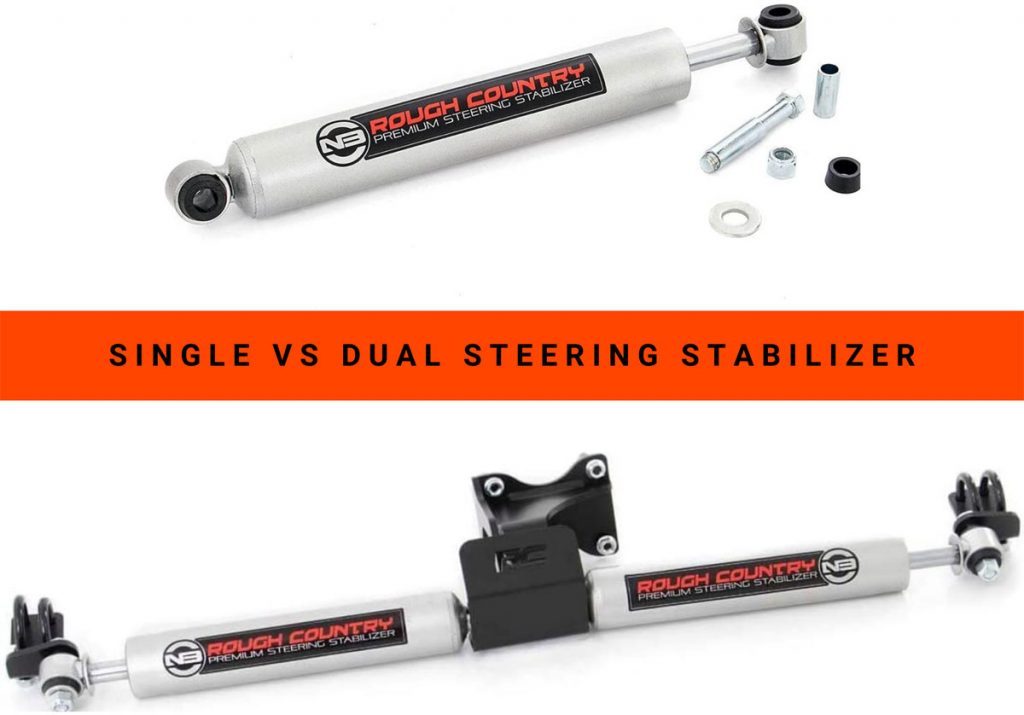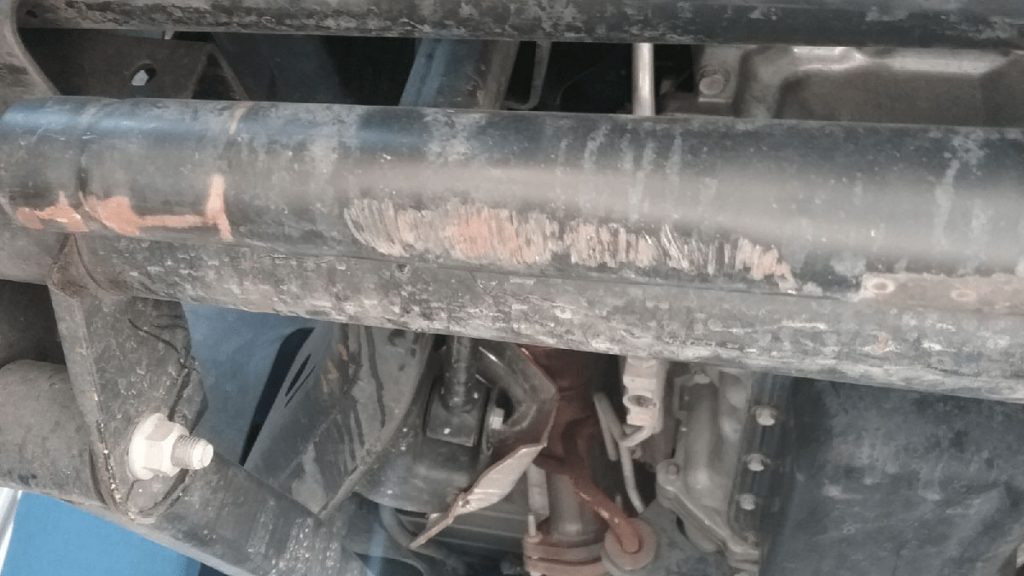It’s frustrating when your car has problems, we understand the feeling of hopelessness. Cars have a lot of parts and it’s okay to not know what they all do.
We’ve covered everything you need to know about shocks and struts. From short to elaborated comparison. Now, let’s look into the difference between shocks and struts.

Shocks and struts are significant suspension pieces. They are two separate entities. You might have either a shock or a strut in your car’s suspension. In conventional suspensions, struts replace the upper control arm and ball joint. Shocks ensure that your tires are firmly on the ground.
What are Shocks and Struts?
Shocks and struts are two types of suspensions with distinct designs. Both provide a comparable function, and their names are interchangeable. However, the two suspension layouts are radically different.
Shocks
So, have you been wondering what do shock absorbers do?
The action of springs and suspension is handled by shock absorbers.
They also make certain that your tires stay in contact with the ground.
Shock absorbers automatically adjust to road conditions. However, it’s a widespread misperception that shock absorbers sustain a vehicle’s mass.
In truth, they do not.
TLDR: They are pump-like mechanisms that maintain the tires of your car in contact with the road. They are in charge of the rebounding of the suspension springs.
Types of Shock Absorbers
There are mainly 6 types of Shock Absorbers available on the market. They are
- Hydraulic type
- Double-acting
- Single-acting
- Friction type
- Lever-type
- Telescopic types
So, how does the shock absorber work?
When the car hits a pothole, an inner piston inside the cylinder rises. It forces the oil into a secondary chamber. It does so via ports that limit its flow. As a result, the piston’s motion is slowed.
The kinetic energy is subsequently transmitted as heat via the oil. As a result, the automobile remains level.
It accomplishes this by minimizing the spring’s propensity to bounce up and down.
The degree of resistance created by a shock absorber is related to the speed of the suspension. Also the size and scope of the tiny holes in the piston.
Shock absorbers in the present era are all velocity-sensitive hydraulic dampening systems.
This implies that the more friction the suspension provides, the quicker it moves. They adapt to changing road conditions.
Struts
A strut is an essential portion of a suspension. It fills the role of the standard suspension’s upper control arm and ball joint.
A strut is lighter and looks smaller than shock absorbers in traditional suspension systems due to its shape.
Struts have two primary functions.
To begin, struts, like shock absorbers, provide dampening.
Struts, on the other hand, provide structural support for the automotive suspension, as opposed to shock absorbers. It helps to stiffen the spring and keep the tire aligned.
Struts are usually made up of strut housing.
This provides strong structural support for the assembly and a dampening unit that is housed within the strut housing.
It controls spring and suspension action.
On most struts, the heel of the body attaches to the steering column. It attaches to a lesser lever arm via a lower joint.
When the struts are working properly, they reduce the bounce that a vehicle would normally experience when driving.
As a result, passengers enjoy a smoother, more level ride. This is devoid of the most undesired oscillations and jarring movements.
Struts are crucial to the overall vehicle performance because they are components of both the suspension and steering systems.
Quick Comparison: Difference Between Shocks and Struts
We’ve created a table showing what you need to know.
| Shocks | Struts | |
|---|---|---|
| Components | Oil pumps, piston, and piston rods. | Struts housing, steering knuckles, and coil spring. |
| Position | It is placed at a critical part of suspensions. | The front part of the wheel is supported at the top of the chassis. |
Are Struts and Shocks the same thing?
No, they aren’t. Regardless, they fulfill the same function.
Shocks and struts are two completely separate components. A car is normally equipped with a shock or a strut.
Every car was built with either shocks or struts, and the suspension of your vehicle cannot be altered to use the other.
A strut is a coil spring that serves as a hinge for the drive train of a vehicle.
Typically, the angles are adjusted directly on the strut. Because of this, struts are more expensive than shocks.
Now that we’ve covered shocks and struts, we’ll be covering springs another component of the suspension.
Shocks vs Springs, how do the two compare?
Shocks and springs are included in the standard suspension kit.
A suspension system’s base is made up of springs. They are accountable for the wheels’ vertical movement. They accomplish this with limited impact on the chassis.
Shocks regulate or lessen the spring’s action.
A greater shock will return the spring’s movement to a riding position in a single cycle.
The shock rod is linked to a cylinder. As the shock contracts and extends, this piston glides vertically and horizontally within the hydraulic fluid.
We’ve gone over practically every aspect of the suspension. But one thing still left to cover is the Coilover.
Strut vs Shock vs Coilover, detailed comparison among the three. It’s a common mistake to confuse these three devices.
However, now that you know their distinctions, we hope this doesn’t happen again.
They possess distinct structural designs, which means they have diverse applications.
While addressing suspension systems, it’s essential to note what they do.
The suspension of your vehicle controls if it will oversteer or understeer.
Shock absorbers are equipment that is primarily designed to dampen the effects of road shock.
Shocks can be used to counteract the feedback from abrupt energy increases in cars. Particularly on bumpy roads. The shocks not only dampen the shock energy as it passes the car but also aid to keep the vehicle stable.
Struts, like shocks, can substantially absorb the energy transmitted from the tires to the car. Struts aid in the stability of the vehicle’s weight.
This distinction is made with shocks and struts. It stores the coil springs that perform this function when the car is hit by road feedback. It is not enabled to move in any random manner.
Coilovers are comparable to struts in that they serve two functions: dampening through the shock absorber in the center of the body and storing the coil springs.
All as a cohesive block that works better together than as separate elements. This might suggest reducing a streetcar to reduce the center of mass in ways that suit the driver’s needs.
Is it Time to Replace Your Vehicle’s Shocks and Struts?
You can assess the status of your car’s shocks and struts on your own.
You’d have to apply a lot of force to each corner of the car. If the car still jumps following your relieving the pressure, your shocks have to be changed.
It is recommended to replace shocks or struts at particular periods, such as every 50,000 miles.
Nevertheless, when you need to change them varies depending on the vehicle and how and where you ride.
Instead of relying on time or mileage to determine when to replace shocks and struts, utilize them to determine when your entire suspension should be inspected. Together for parts like wear, corrosion, and leaks.
Some common signs of worn-out shocks and struts are
- They’re leaking. A thin film of oil close to the top of the strut is acceptable. Fluid running down both sides of the strut, on the other hand, signifies it’s doomed.
- Vehicle “tips” to one side in turns.
- On uneven roads and curves, it’s tough to maintain the vehicle in one’s own lane.
- Your tires exhibit ‘cupping,’ or shallow holes created by tire bounce.
- During forceful braking, the front end dips more than expected.
If you frequently drive on uneven, rough roads, which place additional strain on the shock absorbers and front struts, you will probably need new shocks and struts for your car more frequently.
Rather than if you mostly travel on smooth pavement. Carrying big loads will also cause shocks to wear out sooner.
Even if new shocks are on sale at the repair shop, don’t buy a new set of replacement absorbers.
Have a qualified mechanic perform a thorough inspection of the entire suspension.
Then, for a smoother, safer ride, have the repairs completed with replacements as needed.
How to Install Shocks and Struts?
Upgrading shocks and struts might be dangerous if you do not even understand what you’re doing. As a result, we’ll lead you through the installation of shocks and struts.
Necessary Components
Step # 1
Using a car jack, lift your vehicle one part at a time. After it’s up, secures it with a jack stand just behind the tire. If necessary, use a lift.
Step # 2
First, you must detach the wheels. Then, using your spring compressor, look for bolts that hold the shock or strut in position. Slacken but don’t completely remove these bolts.
Step # 3
One other bolt is positioned on the top of the shock or strut within the engine bay. Use an impact wrench to release it.
When you’ve done removing the other bolts and freeing this one, your shock or strut ought to be unfastened.
Step # 4
After removing the old shocks and struts, just replace them with the new ones. Make certain that all of the bolts are tightened.
This will very certainly necessitate the use of a torque wrench.
N.B Make sure that you get a professional alignment on your vehicle. Do it within a week of replacing your shock absorber or strut.
How Much Do Shocks and Struts Cost?
Replace struts and shocks in pairs if possible.
Do so whether you think one of them is still feasible or not.
Nevertheless, you run the danger of significant suspension problems. That can lead to hazardous driving situations and perhaps pricey damage.
Struts Cost
A basic shock and strut replacement can cost anywhere from $450 to $1,100 in components and labor. Individual shock and strut assemblies range in price from $150 to $900. The labor costs for changing a shock and strut component are estimated to be between $150 and $300 per assembly.
Bear in mind that costs may vary in your region and the type of suspension system you have.
A two-wheel adjustment will cost an extra $40 to $80. If all four struts are changed, a four-wheel adjustment ($80 to $160) is required.
Shocks Cost
Like struts, shocks have to be changed in pairs. Shocks will cost significantly less to replace than struts because they are not as difficult as struts.
A set of shocks will typically cost between $250 and $580 to replace. An individual shock absorber will cost between $50 and $140, therefore the parts alone will cost between $100 and $280.
A few hours of labor to complete the job will cost an additional $150 to $300.
If you need to change all four shocks simply double the total expenses listed above by two to get an estimate.
N.B Shocks and struts for some automobiles, particularly luxury vehicles, will be more expensive. The same is true for sports cars and other vehicles that use more sophisticated shock or strut systems.
Final Words
The difference between shocks and struts is not known to many. Therefore, it leads to misconceptions about the two. We’ve gone into detail about shocks and struts so that you don’t get confused ever anymore.
However, feel like we’ve missed a few things. Then please inform us in the comments.






